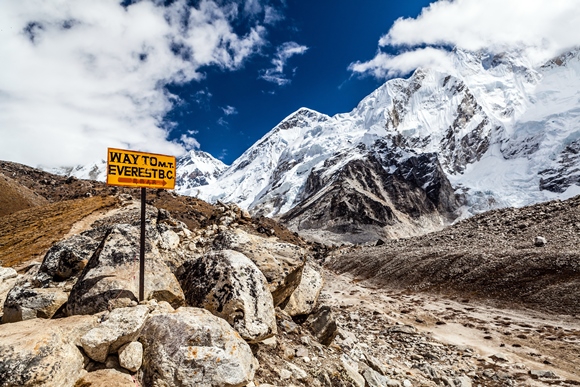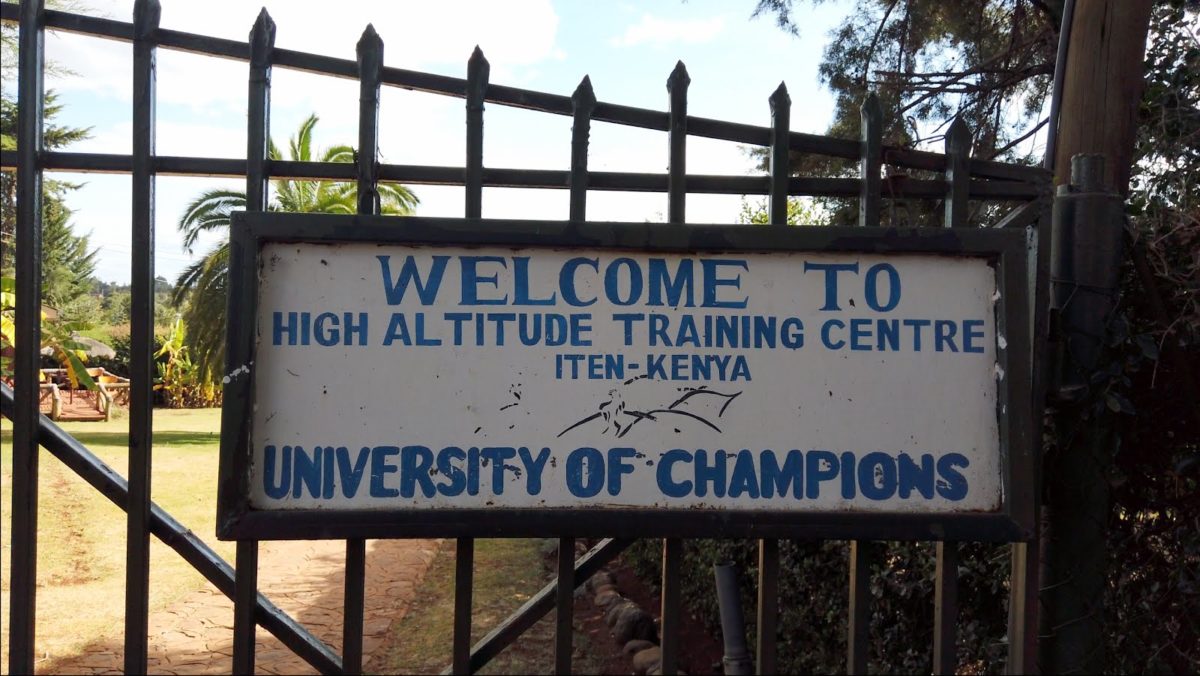WPH Press
Each Wednesday the WPH features the WPH Wednesday Workout, designed to help you become a stronger, fitter, faster, and better handball player. From leg and shoulder strengthening exercises to HIT Training, biking, balance, footwork, agility, coordination, first-step explosiveness, hydration, cooling down, upper body strengthening, and much more, the WPH Wednesday Workouts focus on the areas that every handball player needs to reach their peak form.
To view all WPH Wednesday Workouts, go HERE
On this WPH Wednesday Workout, we’ll discuss the benefits of high altitude training.
Training at high altitude has become the craze of many endurance athletes seeking to gain an edge on their competition, but why?
According to Dr. Ben Levine, Internal Medicine – Cardiology and Dr. Jim Stray-Gunderson on utswmed.org HERE, high altitude training means training at 7,000 or 8,000 feet above sea level or higher. According to Dr. Levine and Dr. Stray-Gunderson, you draw less oxygen per breath at high altitude than you would at low altitude, meaning each breath will deliver less oxygen to your muscles. As athletes acclimate to high altitude training, athletes require more red blood cells, which allows their blood to carry more oxygen. When these high-altitude trained athletes compete at lower altitudes, they receive a natural boost to the muscles when additional oxygen is available. This natural boost can improve an athlete’s performance by one to two percent.
ConnectUS HERE states that altitude training produces higher red blood cells concentration, can aid in endurance and performance, can create a healthier respiratory system, muscle metabolism can last longer, and can provide comfort for athletes.
According to Dr. Levine and Dr. Stray-Gunderson, the disadvantage of high altitude training is that an athlete cannot train as hard as at high altitude, despite the training feeling more difficult. Athletes must live by the manta “live high, train low,” meaning that if you live in high altitude, train at a lower intensity. Additionally, the sweet spot for high altitude training is 8,000 feet above sea level, and if an athlete trains at a higher altitude, he can develop altitude sickness, lower plasma level volumes, and suffer inadequate sleep patterns.
ConnectUS HERE details compromised immunity, increase in cortisol levels from an exposure to stress because of the body being under stress, weakened endurance, a negative increase in red blood cell production, and possible dehydration.
Can you obtain the benefits of high altitude training through elevation training masks, hypoxia sleep chambers, or high-altitude training rooms? No! According to Dr. Levine and Dr. Stray-Gunderson HERE, these are gimmicky items that are marketing-based ploys that will not provide benefits.
Is high-altitude training worthwhile to you – most likely and unequivocally not! If you are consistently losing to your nemesis in an 11-10 tiebreaker and you blame those losses solely on a lack of conditioning, maybe moving to Colorado Springs for three months and living high, training low might make the difference, but not necessarily.
Is high altitude training for you? The high altitude training makes some athletes 1-2% stronger, while others may experience any number of the downsides listed by Dr. Levine, Dr. Stray-Gunderson, and ConnectUS.
David Fink
WPH Fitness Director











